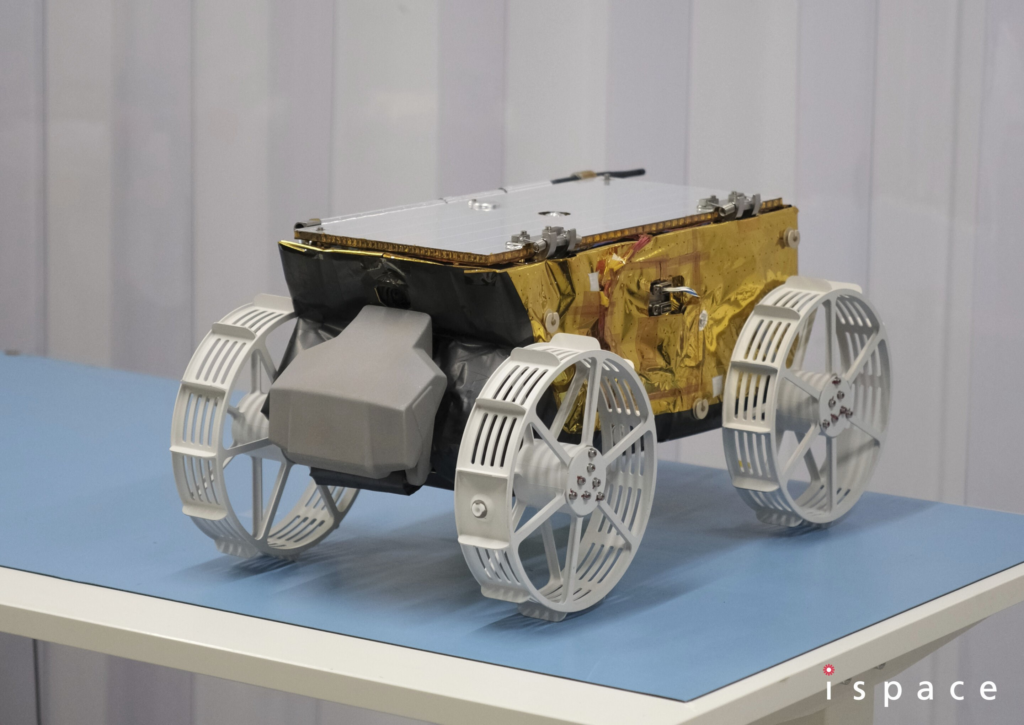A Step Further into Space from Turkey: A Record-Breaking Hybrid Rocket Test
This week marked a significant development in Turkey’s journey toward space with locally developed technologies. The domestically produced hybrid rocket engine, created through a collaboration between TÜBİTAK SAGE and DeltaV, surpassed 200 kilometers in altitude during recent tests—setting a new national record. The successful outcome of the test is particularly important in the context of preparations for lunar missions. With its low cost, environmentally friendly profile, and controllable propulsion capabilities, the hybrid engine presents a promising option for future space travel.
Under the framework of the “National Space Program” led by the Turkish Space Agency, the goal is to achieve a hard landing on the Moon in the coming years. Developments like this show just how far the technical infrastructure has come. Turkey reaching beyond suborbital altitudes with its own engine is also a critical step in reducing dependence on foreign technologies. Moreover, the transfer of know-how from the defense sector into space programs signals hope for the growth of a civilian space industry. In the near future, these engines are expected to be used in real missions—carrying the first Turkish-engineered spacecraft to the lunar surface.

Japan’s “Resilience” Lunar Landing Ends in Failure
The Japan-based private space company iSpace had set its sights on a soft landing on the Moon with its “Resilience” lander. However, hopes were dashed when communication was lost approximately 90 seconds before touchdown. The lander, which was headed toward the Mare Frigoris region in the lunar north, failed to make a safe landing and is believed to have crashed into the surface. This setback once again highlighted the challenges faced by the private sector in reaching the Moon.
Although the landing attempt failed, iSpace emphasized the value of the data collected during the mission. The company had previously experienced a similar outcome on its first lunar attempt. These repeated challenges underscore the experimental nature of space travel and the razor-thin margin for error involved. iSpace is already working on more robust systems for future missions. Despite the setbacks, the push for private sector participation in space exploration continues to gain momentum.

China’s Deep Space Ambition: The Tianwen‑2 Mission Begins
As China rapidly rises in the field of space exploration, it launched the ambitious Tianwen‑2 mission on May 28, further asserting its global presence in space science. The mission’s first target is the near-Earth asteroid 469219 Kamoʻoalewa, from which it aims to collect surface samples. However, what makes the mission particularly remarkable is its dual-purpose nature. After completing its asteroid sampling, the spacecraft will alter course and head toward 311P/PANSTARRS, a comet deep in the solar system. This two-target journey aims to gather high-resolution data from both bodies using a single spacecraft.
Tianwen‑2 is part of China’s broader strategy not only to explore but also to build capabilities in sample-return technologies. Having already succeeded in orbiting and landing on Mars, China now seeks to strengthen its position in areas such as asteroid mining, resource analysis, and deep space navigation. If successful, this mission will place China among the few nations capable of returning samples from asteroids—a milestone with both scientific and strategic implications. The long-term vision reflected in Tianwen‑2 suggests China will adopt a far more assertive presence in future lunar and Martian missions throughout the 2030s.

This Week in Our Art Corner: Aniara (2018)
In this week’s film spotlight, we feature Aniara—a compelling piece that treats space not just as a backdrop but as a mirror of existential reflection. The story follows a spacecraft traveling from Earth to Mars that veers off course and begins drifting endlessly into space. Yet the true disorientation occurs not in the vacuum outside, but within the minds and beliefs of the passengers. Beyond its striking visuals, the film poses a haunting question: “Is it more terrifying to be lost in space—or within ourselves?” With its poetic tone, dark beauty, and profound take on modern alienation, Aniara is a science fiction film that goes well beyond rockets and stars. If you’re looking for something deeper than the usual space fare, Aniara may catch you from angles you never saw coming.


